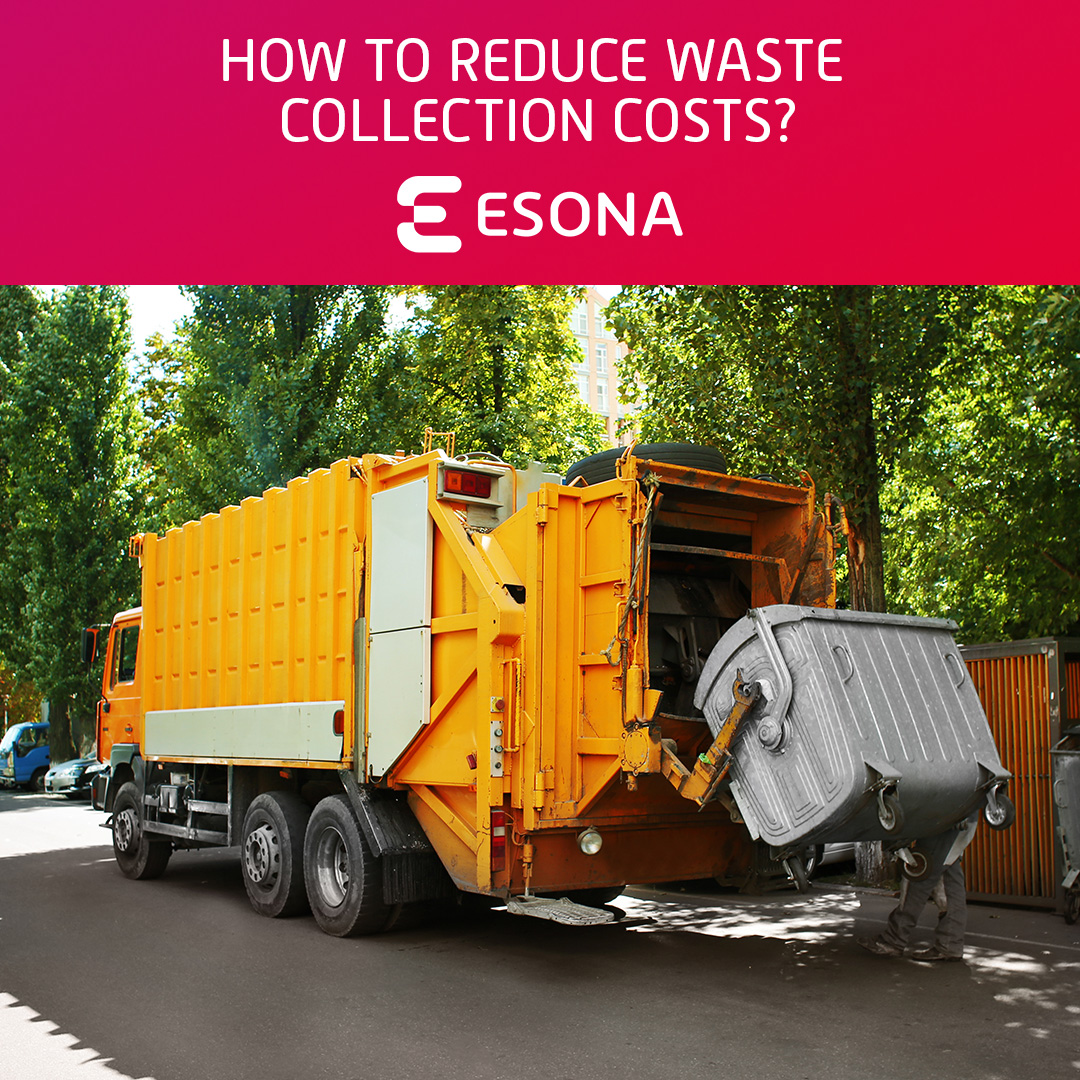How to reduce waste collection costs?
Waste collection is not a cheap affair. Therefore, cities and municipalities must regularly increase the fees for municipal waste collection. But there is another way. Not increasing, but more significant savings. At the same time, the collection efficiency itself increases.
Dump fees are growing the most
Landfilling is not naturally free. It is these fees that make wrinkles on the head of municipalities and subsequently on their residents. At the same time, with the pressure to green waste management, sorting, and recycling, dump fees will continue to rise.
For example, in municipalities where they sorted less than 10% of waste, in 2019 they paid a legal fee of 17€ per ton of waste deposited. From 2021, at such a low sorting rate, it will be up to 33€ per ton. This dramatically increases the costs to the town, which are passed on to the residents. At the same time, they would often sort much more waste if they were motivated to do so by good policy and reduced waste fees. This can be achieved thanks to efficient and smart waste management.
The good news in bad times
Slovakia is one of the countries with a very low rate of waste recycling. However, these unflattering statistics make it possible to improve the recycling rate and thus save on landfill fees. Therefore, thanks to the elimination of direct and hidden costs, municipalities would not have to approach a drastic increase in waste fees. It is therefore not true that the only option is to increase fees for municipal waste. On the contrary, it is possible for households that recycle to pay lower fees in the future.
Economic motivation
Many people would recycle waste, but do not find enough motivation to do so. The mere introduction of collection containers for sorted waste is not enough. Much better results were achieved in countries where citizens were financially motivated to recycle waste.
For example, the principle of paying only as much as they actually throw away. It is no longer a problem to distribute waste payments to each resident by address today. In Slovakia, this principle can be implemented through volume collection. It has two forms. The first is a container-interval collection, where the amount of the fee for the citizen is determined by the frequency of exports and the size of the collection container.
The second option is to determine the amount of the fee also on the basis of the real number of exports. In this case, it is necessary to monitor the exported waste from individual households using tokens, barcodes, and QR codes or using RFID chips. The waste charge is then also based on the amount of waste actually exported.
Sparingly waste management
Smart RFID chip technology enables accurate registration of every single household. The system of fees can be set more motivating while saving costs for the city or town, as well as for households. Of course, thanks to the higher recycling rate, it also significantly contributes to a better environment.
The study of the analytical institute at the Ministry of the Environment also proves that this works. It pointed out that the volume collection realized by container-interval collection reduced the amount of mixed waste by 11%. If the fees are based on the actual number of exports of mixed waste, the amount of waste produced is reduced by up to 31% compared to the flat fee.

